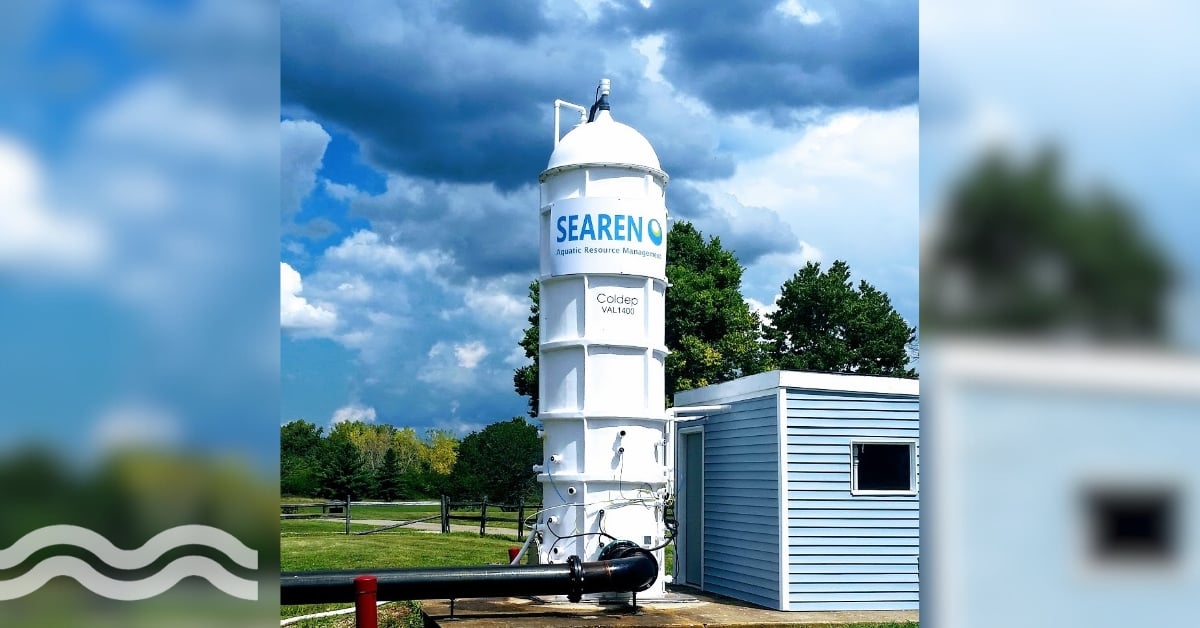Solving PFAS challenge requires multi-faceted approach

Solving the challenges posed by per- and polyfluoroalkyl substances (PFAS) requires a multi-faceted and collaborative approach that goes beyond utilities and manufacturers, according to US researchers.
Beyond Drinking Water
The research was conducted by the Water Center at the University of Pennsylvania. The paper, Beyond Drinking Water: Strategies for Communicating and Managing PFAS Communication, was a response to the US Environmental Protection Agency (EPA)’s National Primary Drinking Water Regulation (NPDWR), which set limits on PFAS concentrations in drinking water that were well below existing standards.
To regulate the NPDWR, the EPA introduced the Safe Drinking Water Act (SDWA). This requires many water systems to adopt new technologies into their existing treatment processes. As well as changes to how water is treated, the Act for the first time made the same water systems responsible for educating their communities about PFAS exposure risks, sources, and solutions.
The challenges involved in meeting new standards
Researchers interviewed water industry stakeholders to find out how they have been impacted by these new regulations. Unsurprisingly, many raised the issue of how to fund treatment facility upgrades. Many were faced with understanding how best to tackle consumer mistrust of public water sources for the first time.
Stakeholders in the water industry, whether regulatory bodies, water systems, private industry, or academic institutions broadly approve of two approaches:
1. Addressing the sources of PFAS contamination, over which the water stakeholders have no control.
2. Managing PFAS contaminated waste to prevent re-entry into the environment.
What became clear, if not already known, is that the challenge of removing PFAS from water and from the environment at large will take the cooperation, collaboration, and commitment of many different industries, regulatory bodies, and stakeholders across many sectors.
How to communicate with the general public
The burden that the EPA has placed on water utilities to communicate PFAS contamination and removal plans has proved challenging for a number of reasons identified in the report:
Complexity: The PFAS family of chemicals runs to thousands and are used in a wide range of applications. Also, regulation is coming in thick and fast, and is often technical, making communication difficult and at times confusing.
Scientific uncertainty: While research is under way, and links between some PFAS and cancer, for example, have been published, must of the potential health risk is still unknown. What is now know by the public is that PFAS have been used for many years and are referred to widely as ‘forever chemicals’.
Risk perception: Because of the above there is little agreement on the risks associated with PFAS in drinking water. One respondent to the research reported anger from customers who believed the utility had knowingly been offering contaminated water for many years. Customers might also fear increases to bills to cover the costs of PFAS removal and treatment.
Conflicting messaging: The public have begun receiving information about PFAS from many different sources, including state and federal regulators, scientific journals, industry, environmental and public health organisations, and the water sector. Each will have different baselines and reasons for communicating and have different purposes and outcomes in mind.
The research points out a consensus among those interviewed that communication must first and foremost seek to avoid spreading fear and mistrust. To do this, they recommend:
- • Communicating PFAS risk relative to exposure and reassuring the public regarding action taken to mitigate the contamination.
- • Educating the public on sources of PFAS contamination to help combat mistrust in the water system.
Next steps for PFAS research
The research paper makes several suggestions for further research into the potential harm that PFAS can cause. These avenues of investigation include:
- Toxicologists trying to identify ways that PFAS can be reasonably grouped to draw general conclusions about health risks.
- The EPA considering the inclusion of PFAS in its proposed revisions to the air emissions reporting requirements.
- Research into PFAS precursors, which are compounds that can be transformed into terminal PFAS as they undergo environmental or treatment processes.
- Advancing PFAS analytical methods to better understand the fate and transport of these chemicals.
- Advancing treatment technologies, both for concentrating PFAS and ultimately destroying PFAS.
- Developing alternatives to PFAS in consumer products.
- Water stakeholders, wastewater treatment providers and regulators working to strike a balance between health protection and affordability.
The report concludes that while the EPA’s new National Primary Drinking Water Regulation will certainly reduce PFAS exposure in the US, it places a disproportionate burden on water systems that are not responsible for the initial contamination. Water systems are feeling the pressure of new regulations, but it will take a ‘coordinated, comprehensive strategy that combines regulatory action, scientific research, technological innovation, and public engagement’ to full tackle ongoing PFAS challenges. As the report states, it goes ‘beyond drinking water’.
To read the full report, click here.


